
One of the least-used variants of the mighty Delta IV booster flew its final manifested mission today (Friday, 12 January), delivering the classified NROL-47 payload into orbit on behalf of the National Reconnaissance Office (NRO). Originally targeted to fly on Wednesday, the mission was postponed by 24 hours, due to unacceptably high ground winds. A second attempt yesterday was also scrubbed, due to technical issues pertaining to the launch pad swing-arm system and a ground system valve. Launch finally occurred at 2:11 p.m. PST on Friday, 12 January, from Space Launch Complex (SLC)-6 at Vandenberg Air Force Base, Calif.
“This was an incredibly important launch for the 30th Space Wing and our mission partners,” said Col. Greg Wood, vice commander of the 30th Space Wing at Vandenberg. “The entire team—the 30th Space Wing, the National Reconnaissance Office, United Launch Alliance and others—worked hand-in-hand to ensure this launch was safe and successful. This was an outstanding effort by everyone.”
The Delta IV Medium+ (5,2)—numerically designated to identify a 16.4-foot-diameter (5-meter) payload fairing and the presence of two solid-fueled, strap-on boosters, known as Graphite Epoxy Motors (GEM)-60—had flown only twice previously, boosting the NROL-25 and NROL-45 missions to orbit in April 2012 and February 2016. As ULA seeks to retire its fleet of “single-stick” Delta vehicles, the Delta II and also the Delta IV in its Medium+ (5,4) configuration are also slated for their final flight in 2018. “Last 5-2,” ULA CEO Tory Bruno told AmericaSpace. “One more Medium later this year.”
Although the exact nature of NROL-47 has not been officially clarified, it is thought to be a Topaz radar-imaging reconnaissance satellite, part of the NRO’s ill-fated Future Imagery Architecture (FIA). The FIA was initially proposed by the NRO to Congress in March 1997 and after a long negotiation process its development was contracted out to a team led by Boeing, which included Hughes, Raytheon, Kodak and Harris, in September 1999. It was intended as a successor program to the Lacrosse radar-imaging constellation, which saw five satellites launched—including one from the Space Shuttle—between December 1988 and April 2005. “The FIA program will provide the customer with a significant enhancement to America’s critical intelligence capability over the next decade,” Boeing noted in a September 1999 news release.
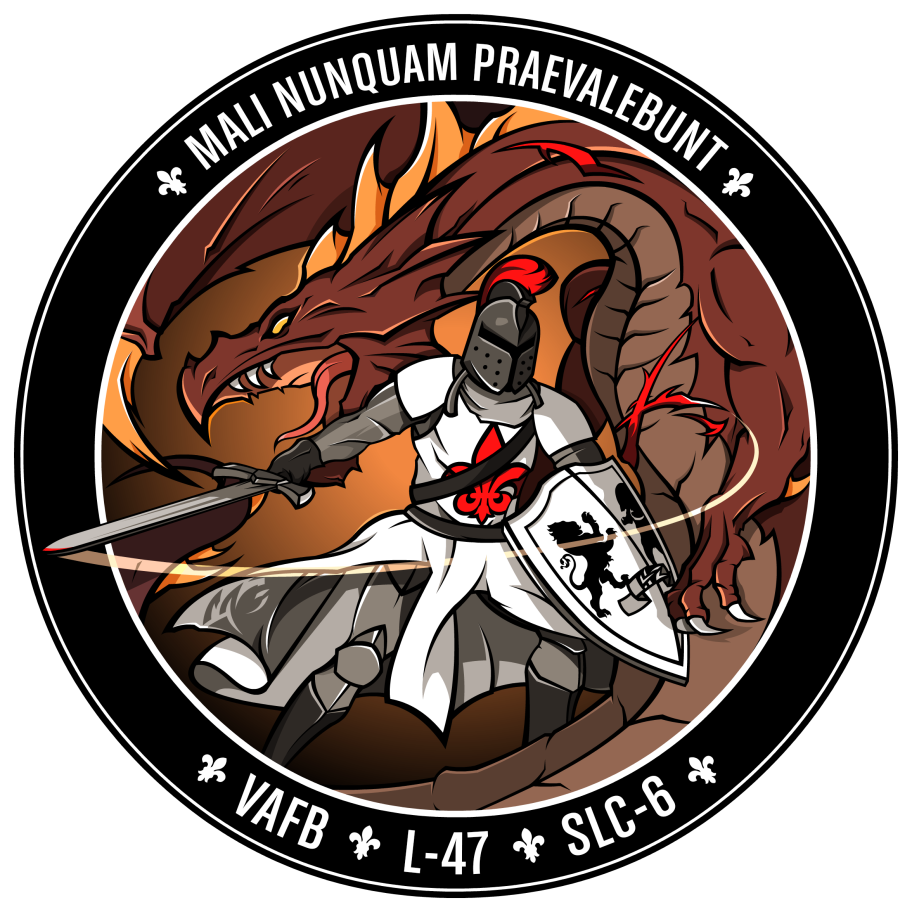
However, over the first six years of its life, FIA encountered significant cost and schedule hurdles, going overbudget to the tune of $4.5 billion, and in July 2005 the House Permanent Select Committee on Intelligence Subcommittee on Technical and Tactical Intelligence held hearings on the beleaguered program, whose first launch had by now slipped to no earlier than 2009. Already, the electro-optical imaging component of FIA had come under negative scrutiny and then-Defense Secretary Donald Rumsfeld and Director of National Intelligence John Negroponte removed much of the contract from the Boeing-led team in September 2005, reassigning it to competitor Lockheed Martin. Boeing would continue to oversee the development of the radar-imaging component, under the leaked code name of “Topaz”, whilst Lockheed Martin managed the electro-optical elements.
Four Topaz satellites are thought to have been launched by ULA boosters from Vandenberg between September 2010 and February 2016, two aboard Atlas V 501 vehicles from Space Launch Complex (SLC)-3E and two others by the Delta IV Medium+ (5,2) rockets from Space Launch Complex (SLC)-6. Their identification as radar-imaging platforms was determined by the apparently retrograde path of their orbits, inclined 123 degrees to the equator and operating at a mean altitude of 680 miles (1,100 km), circling the globe once every 107 minutes. Although little else has been confirmed about the Topaz design, the Delta IV Medium+ (5,2) is capable of lifting up to 23,320 pounds (10,580 kg) into low-Earth orbit, whilst the Atlas V 501 can handle 17,000 pounds (8,120 kg), with both carrying wide-bodied payload fairings. It has been suggested that Topaz weighs in the region of 16,000 pounds (7,260 kg).
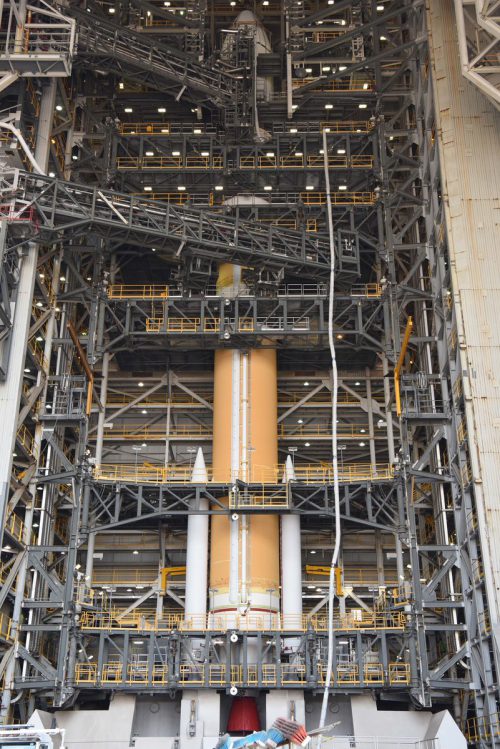
The 134-foot-long (40.8-meter) Common Booster Core (CBC) for the Delta was delivered via cargo ship from its production facility in Decatur, Ala., to Vandenberg in April 2017, originally targeted to fly before year’s end. The two GEM-60 rockets, which each stand 37.4 feet (11.4 meters) tall, were later installed onto the lower portion of the CBC. Eventually, a launch date firmed up for 13 December, but ULA revealed that “additional validation of the software and systems associated with common avionics” was required and the launch slipped to No Earlier Than (NET) 10 January. The “common avionics” is an upgraded suite of avionics, flight software and ground systems and is being used for the first time on the NROL-47 launch.
The nature of the NROL-47 mission emblem, emblazoned with a medieval knight swinging his blade against the backdrop of a fearsome dragon, was also revealed in a recent NRO tweet. “It depicts a battle between good and evil,” NRO explained, “and signifies dedication to mission, military expertise and camaraderie.” It was added that the NROL-47 motto of Mali Nunquam Preavalebunt—“Evil will never prevail”—recognizes NRO’s commitment to national security interests.
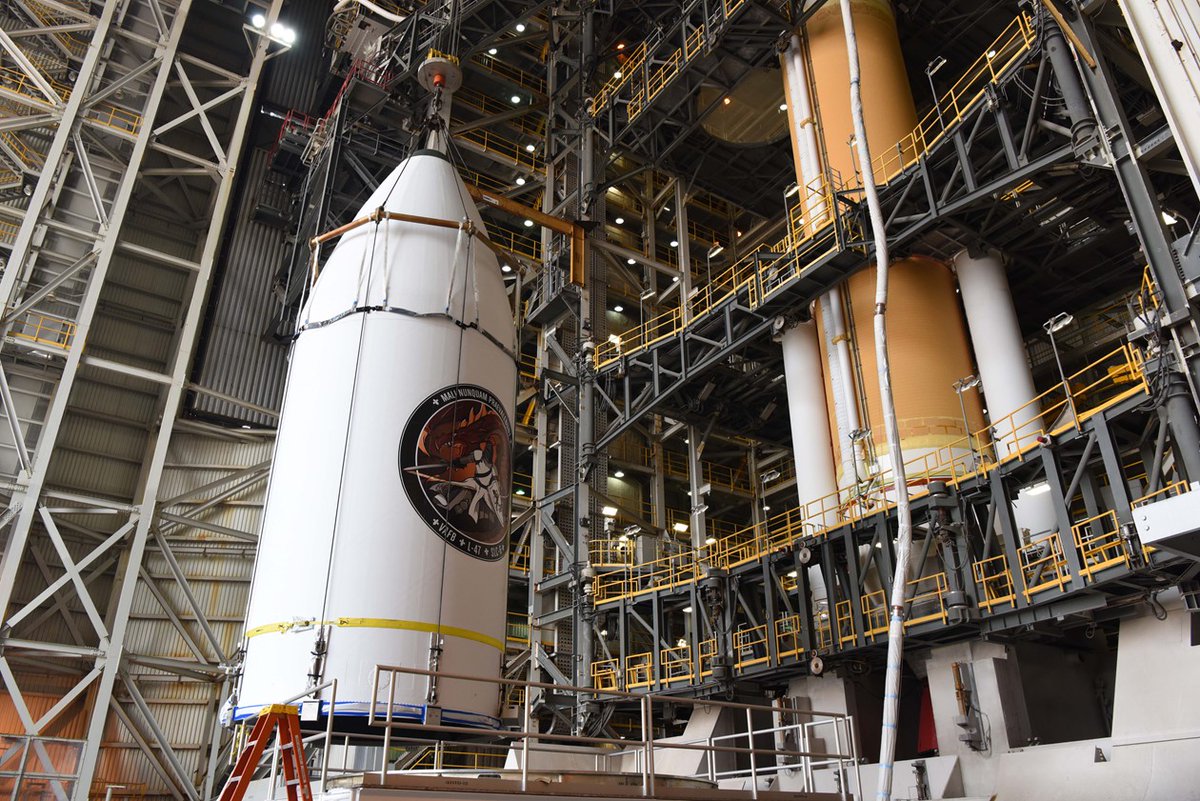
On 21 December, ULA shared images and video of the NROL-47 payload fairing being mated atop the Delta IV Medium+ (5,2) booster at SLC-6. Entering the New Year, the NRO revealed that the mission “will be a daytime (PST) launch”, eventually firming up with an anticipated T-0 at 1 p.m. PST on Wednesday, 10 January. Launch Readiness Review (LRR) operations concluded on Tuesday, but the weather outlook seemed gloomy, with a 30-percent likelihood of acceptable conditions at T-0. The weather outlook at Vandenberg was iffy for Wednesday’s opening launch attempt, with only a 30-percent probability of acceptable conditions at T-0 and Ground Winds identified as the principal violating factor.
“A major winter system will move through the central coast in the days leading up to the launch window,” the Western Range noted on Monday, 8 January. “The heavy rainfall and convective impacts from the system will start Monday afternoon and extend through late Tuesday evening, with a few lingering showers until midnight.” Winds were expected to remain elevated throughout fueling, peaking at 80 knots from 34,000 feet (10,300 meters) to 36,000 feet (11,000 meters).
“We are ready and eager to take on this Delta launch,” said Air Force Col. Greg Wood, vice commander of the 30th Space Wing at Vandenberg. “We are proud to provide this national defense capability and every Team V member involved has worked tirelessly to ensure the launch is safe and successful.” Air Force Maj. Allen Varghese, director of operations of the 4th Space Launch Squadron, added that his team’s mission assurance technicians, engineers and program managers were “laser-focused” on ensuring that all flight hardware, infrastructures and facilities were ready. “Our squadron has worked side-by-side with ULA personnel over the past several months to ensure this mission’s success,” said Maj. Varghese.
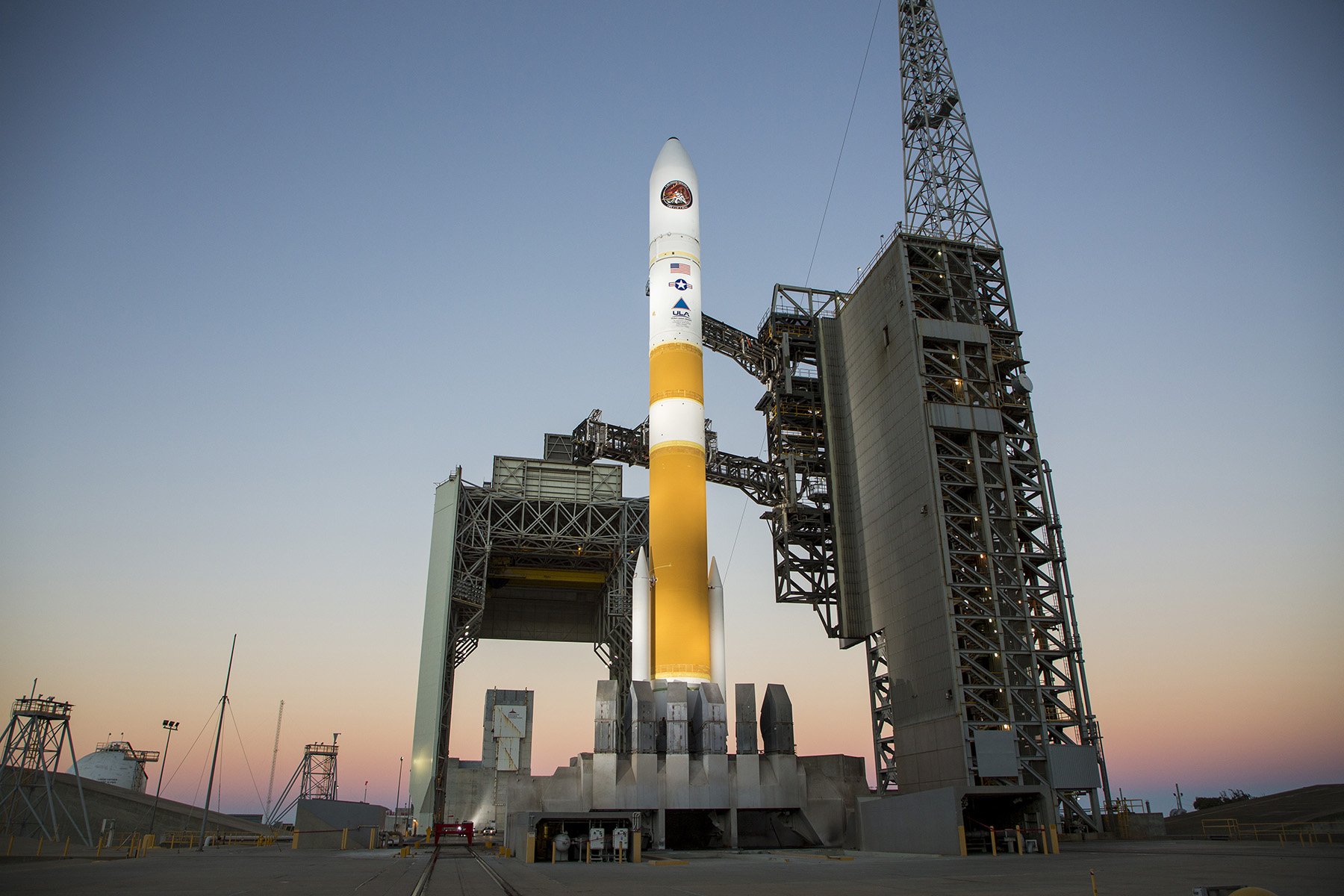
Cautiously, ULA progressed with launch day operations, announcing at 7 a.m. PST Wednesday that it was holding off on the rollback of the Mobile Service Tower (MST) at SLC-6, due to gusty winds, but continued to proceed with other pre-launch activities. “Bit windy on the Central California Coast this morning,” tweeted ULA CEO Tory Bruno. “Everyone think calm thoughts.” Shortly after 8 a.m., ULA reported that it had entered a pre-planned hold in the countdown, which would be extended beyond its nominal 15 minutes, in order to wrap up some open work items and keep a close eye on the weather.
Yet Wednesday was not to be NROL-47’s lucky day. Shortly before 9 a.m., ULA officially declared a scrub and 24-hour turnaround, citing high ground-winds and tracking a revised launch attempt at 1 p.m. on Thursday, 11 January. Conditions for the backup day were expected to show a marked improvement, to around 90-percent favorable, with calmer winds ranging between 7-12 knots, gusting to 15 knots. Winds at upper levels were predicted to decrease to 65 knots from 34,000 feet (10,300 meters) to 36,000 feet (11,000 meters).
Early Thursday, the Mobile Service Tower (MST) at SLC-6 was retracted and the launch pad was vacated of all personnel. A little over four hours before T-0, the loading of liquid oxygen and hydrogen aboard the CBC began, progressing through “Slow Fill” and “Fast Fill” procedures, before entering “Topping” mode, being continuously replenished until near launch. The second stage of the vehicle, known as the Delta Cryogenic Second Stage (DCSS), was also loaded with its cryogenic propellants. “Delta is carbo loading for the big sprint,” ULA CEO Tory Bruno tweeted at 8:33 a.m. “Cryo tanking underway. Weather remains good. No issues.”
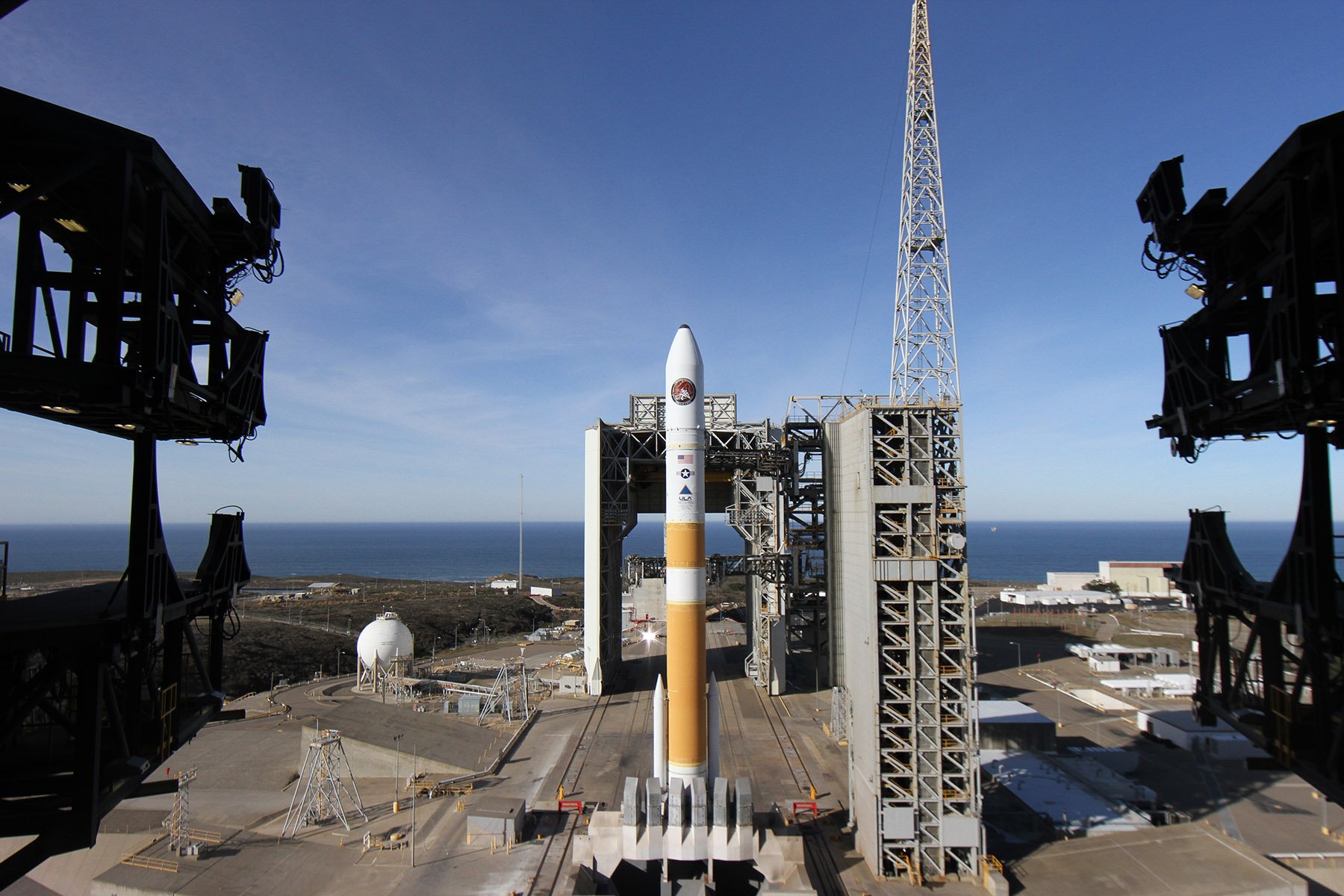
Shortly thereafter, ULA noted that the launch was being moved past the nominal 1 p.m. opening of Thursday’s window. “We are working a technical issue, so launch time for #DeltaIV #NROL47 will move off 1 p.m.,” it tweeted at 9:20 a.m. “Watch this space for the updated launch time.” Finally, at 12:33 p.m., a revised launch time was announced. “We are co-ordinating a new launch time of 1:55 p.m. PST.” This time was subsequently realigned to 2:05 p.m. However, with a couple of minutes remaining before T-0, a “Hold! Hold! Hold!” call came over the countdown net and the clock was recycled to the final hold point at T-4 minutes. A revised T-0 of 2:28 p.m. was established, but this came and went, as the launch team tackled a “red-line” issue associated with the launch pad swing-arm system. An additional temperature-related issue was also being tracked by the team. “Fix developed,” tweeted Mr. Bruno at 3:07 p.m. “New T-0 momentarily.” However, a few minutes later, the Western Range declared itself as “Red” (“No-Go”) for launch.
The situation brightened when ULA revealed that a “workaround” had been devised in response to the swing-arm issue and a revised T-0 of 4:05 p.m. was released. Polling of the launch control team wrapped up at 4 p.m. and the clock resumed counting at T-4. Agonizingly, with just a minute remaining in the countdown, another “Hold! Hold! Hold!” call was heard over the net and the clock was again recycled to T-4. Two more “revised” launch times—at 4:27 p.m. and 4:59 p.m., just prior to the closure of Thursday’s window—were announced, but it was not to be. At 4:43 p.m., ULA declared a scrub, noting the cause to be “an issue with a ground-support valve” and announcing another 24-hour recycle to Friday at 1 p.m.

Countdown operations for the third launch attempt got underway shortly before 4 a.m. Friday. Tanking operations to load the Delta IV Medium+ (5,2) with cryogenic propellants got underway at 8:30 a.m. Initially, preparations ran without incident, but a hold was called a little after 12:20 p.m. “Personnel have entered the pad at Space Launch Complex-6 to assess an issue with helium tank pressurization,” ULA tweeted. Shortly before 1 p.m., the issue was resolved and a revised T-0 of 2:11 p.m. was declared.
Throughout this process, periodic weather briefings provided updates on the meteorological situation at Vandenberg, the rocket’s guidance system was activated, fill and drain valves checked, radio and telemetry links validated and the Flight Termination System (FTS) verified as fully functional to support the mission. In the final minutes, the NROL-47 payload transitioned to Internal Power and final status calls from the launch control center confirmed that all stations were “Go for Launch”.
At one minute, the Range Operations Co-ordinator (ROC) reported that the Western Range was “Green”, with no constraints for launch. The Radially Outward Firing Igniters (ROFI) were activated at T-14 seconds, to burn off excess hydrogen, before the liquid oxygen and hydrogen valves of the RS-68 opened a few seconds before T-0.
The Aerojet Rocketdyne-built engine thundered to life, reaching its Full Thrust level, before the Launch Commit was issued at T-0 and the twin GEM-60s ignited with their familiar staccato crackle. It was 2:11 p.m. PST on 12 January 2018 and under the combined thrust of over 1.07 million pounds (485,300 kg) the last Delta IV Medium+ (5,2) took flight. It almost seemed as if the beast was setting itself ablaze, the exhaust blackening the CBC insulation as the last Delta IV Medium+ (5,2) took flight.
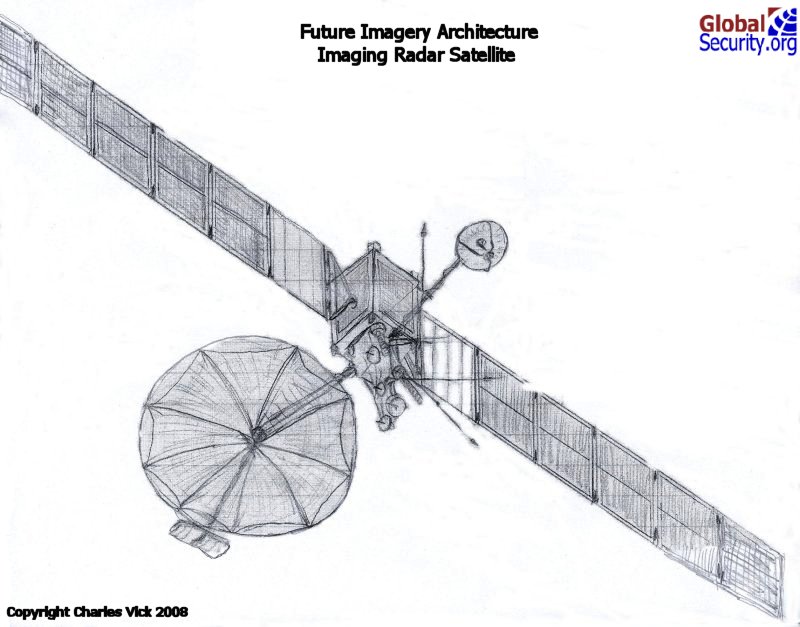
The venerable booster commenced a fast climb away from SLC-6, initiating a combined pitch, roll and yaw program maneuver to establish itself onto the proper azimuth to insert NROL-47 into orbit. Bursting through the sound barrier a little under a minute into the flight, it later encountered a period of maximum aerodynamic turbulence, known as “Max Q”.
“Delta IV is ripping the sky at incredible speed,” tweeted Mr. Bruno. Ninety seconds after liftoff, the twin GEM-60s were exhausted and jettisoned shortly thereafter from the rapidly ascending stack. The RD-68 continued to burn hot and hard for another three minutes, shutting down at T+245 seconds, ahead of the DCSS ignition.
The second stage, fitted with Aerojet Rocketdyne’s RL-10-B-2 cryogenic engine, roared to life with 25,000 pounds (11,340 kg) of propulsive yield, to continue the drive to space. During its lengthy burn, the bullet-like payload fairing was jettisoned, exposing NROL-47 to the space environment for the first time. Today’s successful launch kicks off an ambitious year for ULA, which is expected to see its first East Coast flight—carrying the next Space-Based Infrared System (SBIRS) satellite to geostationary orbit—from Cape Canaveral Air Force Station, Fla., no sooner than Thursday, 18 January. Indeed, as NROL-47 preparations continued on Wednesday, SBIRS was being encapsulated in its payload fairing, prior to installation atop an Atlas V booster for launch.
Other key payloads slated to fly aboard ULA vehicles in 2018 include NASA’s InSight mission to Mars in May, the Parker Solar Probe in July, the final voyage of the Delta II booster in September and perhaps the maiden unpiloted voyage of Boeing’s CST-100 Starliner Commercial Crew vehicle.




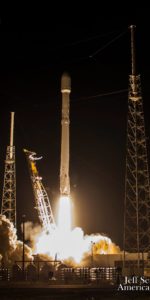
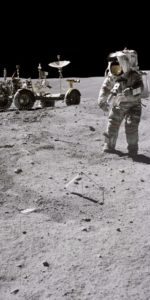
2 Comments
2 Pings & Trackbacks
Pingback:Delta IV Medium+ (5,2) Launches Final Mission, Delivers Secretive NROL-47 Payload to Orbit – MeasurementDataBases for Industry & Science
Pingback:Weekly Links